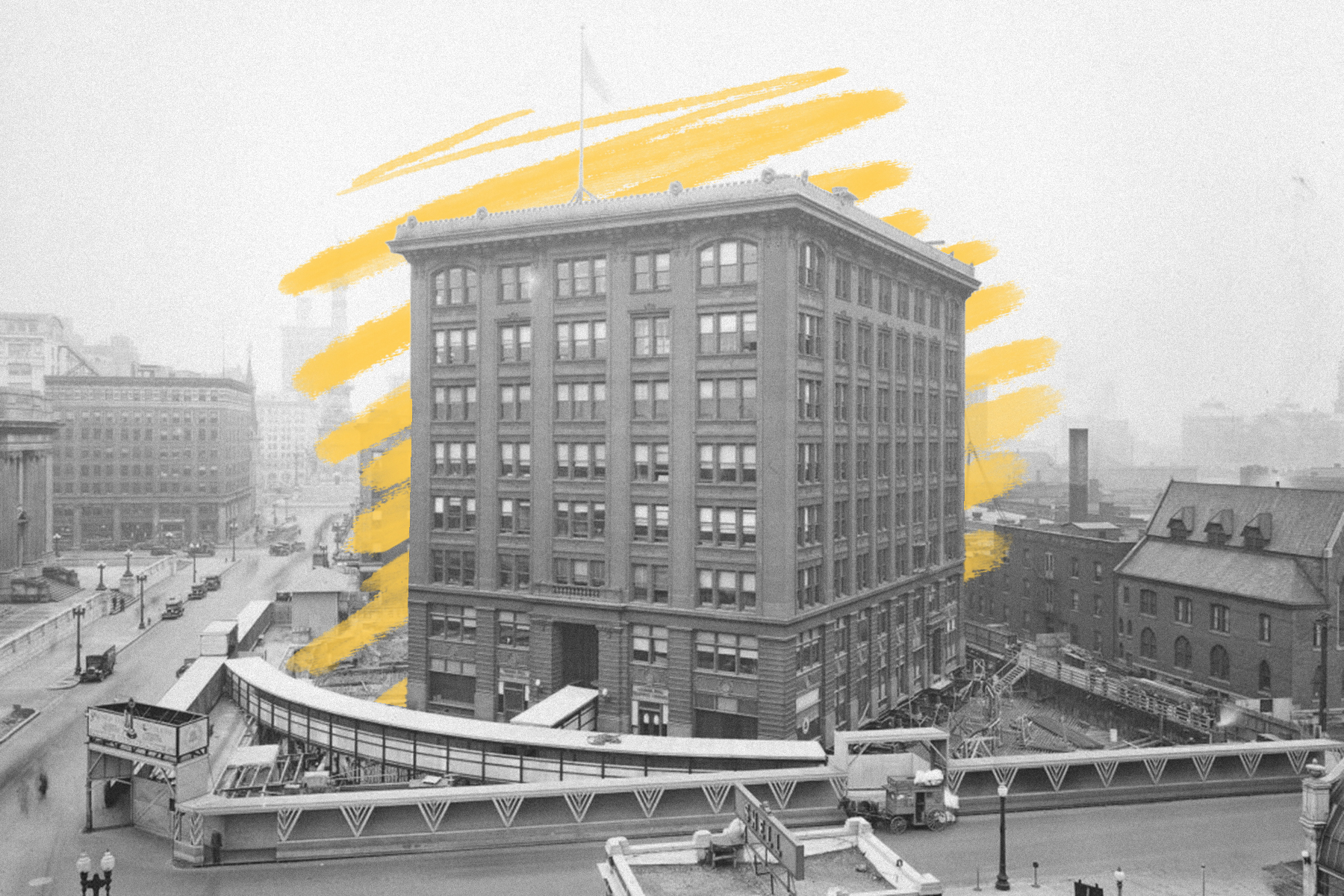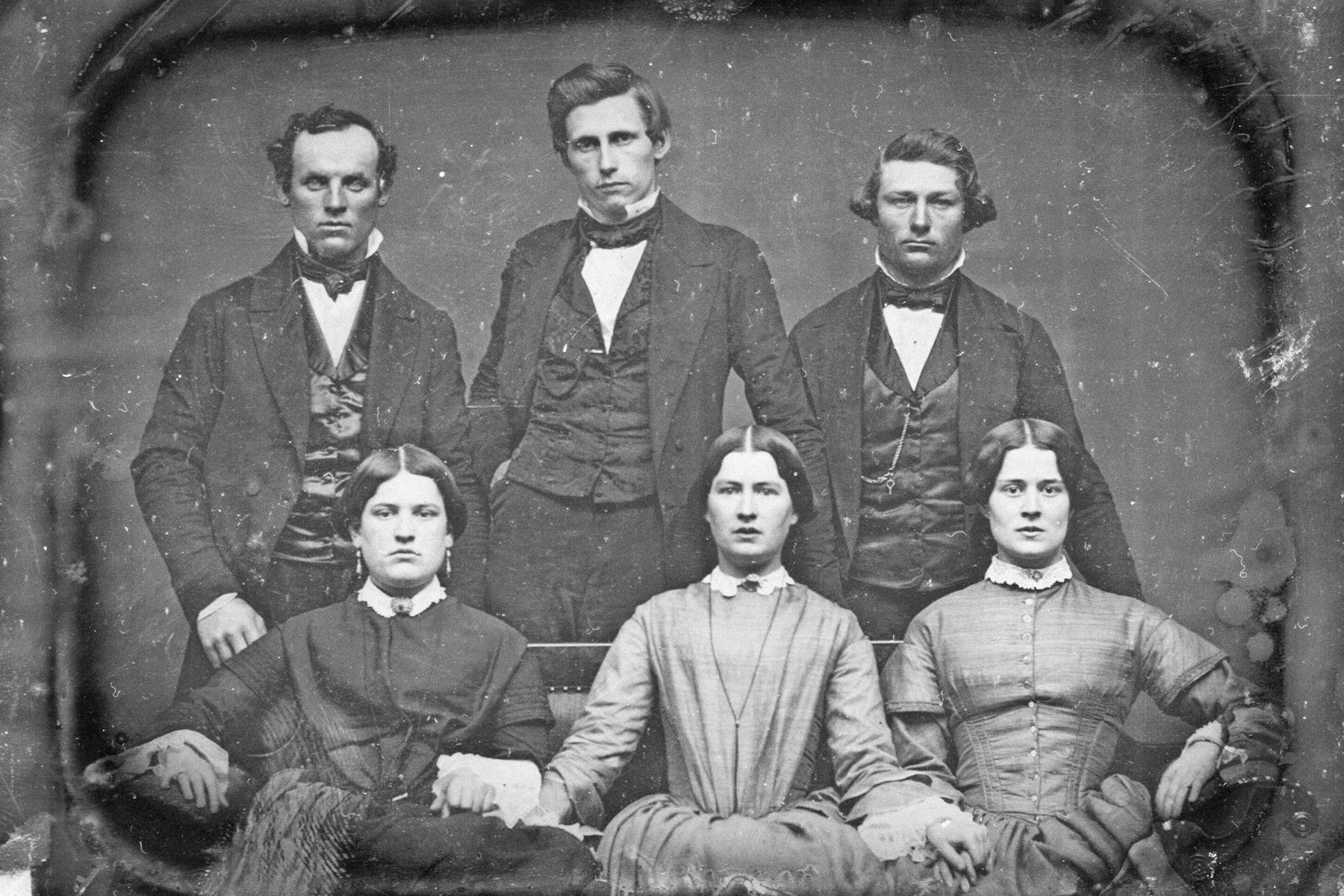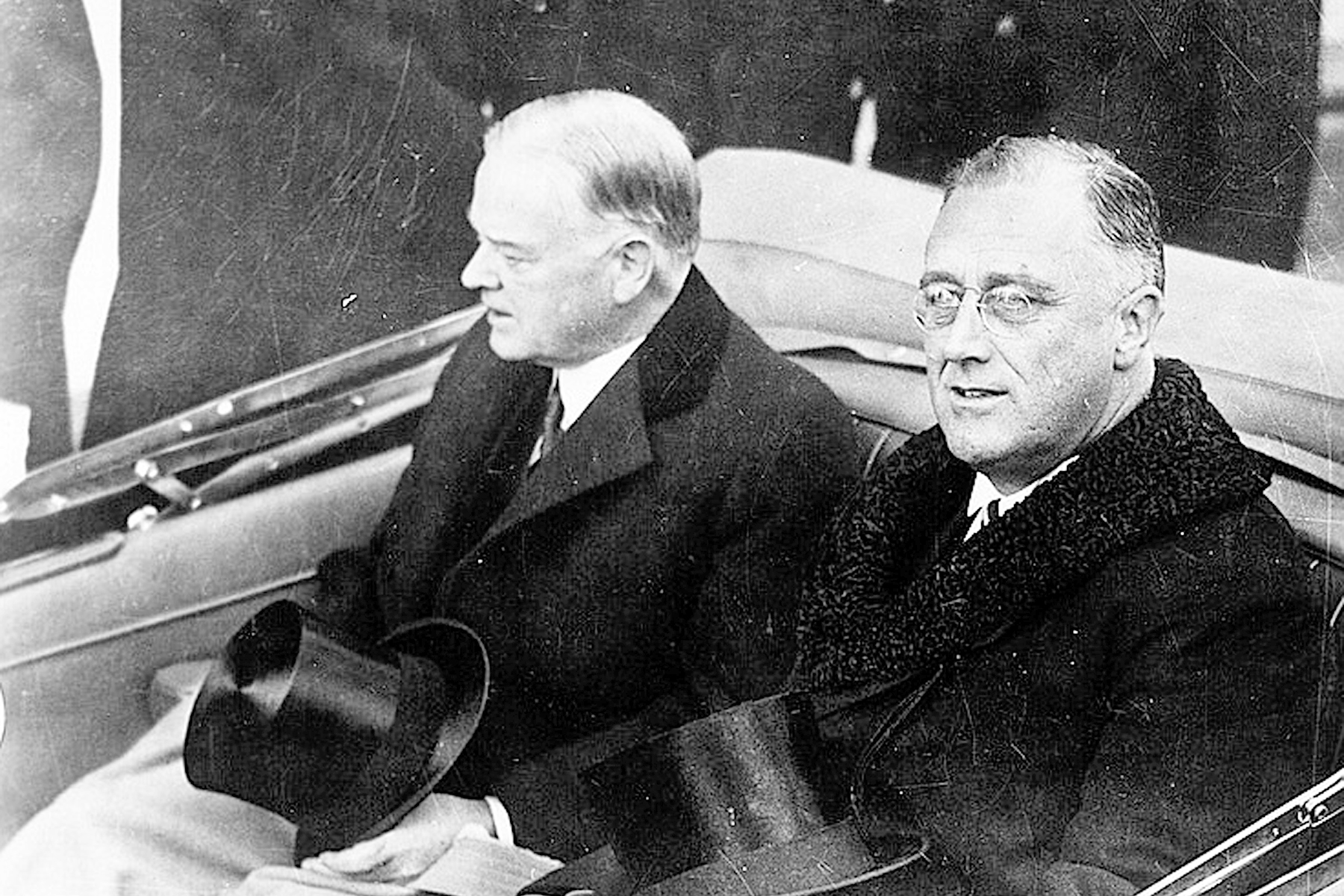How a skyscraper was rotated 90 degrees with everyone inside
Thursday, September 5, 2024
In 1929, the Indiana Bell Telephone Company purchased the Central Union Telephone Company, along with its eight-story headquarters in downtown Evansville, Indiana, as part of a plan to majorly expand its footprint in the area. |
| |
| |
|
 |
|
| I n 1929, the Indiana Bell Telephone Company purchased the Central Union Telephone Company, along with its eight-story headquarters in downtown Evansville, Indiana, as part of a plan to majorly expand its footprint in the area. First, it considered demolishing the Central Union Telephone building, which housed its administrative offices and telephone switchboards. But architect Kurt Vonnegut Sr. (yup, the father of author Kurt Vonnegut Jr.) had a different idea. Rather than raze the building and start from scratch, they could move it across the lot — 52 feet sideways, followed by a 90-degree turn — and expand from there. The plan didn't just work; it was a resounding success. Not only did the eight-story, 11,000-ton building end up safely in its new location, but the offices remained fully operational during the monthlong moving process, with no disruptions to telephone service. |
|
|
| The move was an impressive feat of engineering. The building's support columns were lifted from their cast-iron bases at the foundation, and each was put on a temporary steel support. (The elevator shaft was modified to keep the car from going into the now-nonexistent basement.) Eighteen manually operated jacks moved the supports along a series of rollers three-eighths of an inch at a time, and the building traveled roughly 15 inches per hour. Workers had to be careful to move all the columns at the same pace, so they'd follow the lead of the construction foreman, who would blow a whistle to signal that it was time to pull the levers. Engineers kept an eye on the building's alignment with a plumb bob; if a roller started to shift out of position, they'd simply whack it with a sledgehammer. |
|
| When it was time for the 90-degree pivot, the crew had to lift the building briefly to adjust the rollers. Steam engines attached to cables helped power this final movement, rotating the structure into place. Ultimately, the building sat within one-sixteenth of an inch of its planned destination. During the move, the 600 employees entered and exited the building from the sidewalk via a moveable bridge. Reportedly, the workers inside the building didn't even feel the movement. The project made way for a seven-story limestone art deco building, completed in 1932 and now on the National Register of Historic Places. The company continued to add to the campus, and the original building was demolished in 1963 to make room. |
|
 |  |
|
|
 |
|
| |
|
| Year the architecture firm Vonnegut & Bohn was founded | | | 1888 |
| | | Copies of Kurt Vonnegut Jr.'s Slaughterhouse-Five sold in 2019 | | | 125,000 |
| | | Copies of Kurt Vonnegut Jr.'s Slaughterhouse-Five sold in 2019 | | | 125,000 |
|
|
|
| Population of Evansville, Indiana, in 2022 | | | 118,521 |
| | | Total number of Indiana Bell employees in 1929 | | | 1986 |
| | | Total number of Indiana Bell employees in 1929 | | | 1986 |
|
|
|
 |
|
 | | Did you know? |
|
|
Thomas Edison popularized the phone greeting "hello." |
|
| The word "hello" wasn't always the standard telephone greeting it is today. In the early days of telecommunication, it was Thomas Edison's preferred way to answer the phone, which helped popularize it for widespread use. But Alexander Graham Bell, the inventor of the telephone, preferred to answer the phone with the more nautical "ahoy." The "hello" greeting clearly won out, although Bell's preference lives on as a running joke on The Simpsons. |
|


posted by June Lesley at 4:00 AM












![]()
![]()






0 Comments:
Post a Comment
<< Home